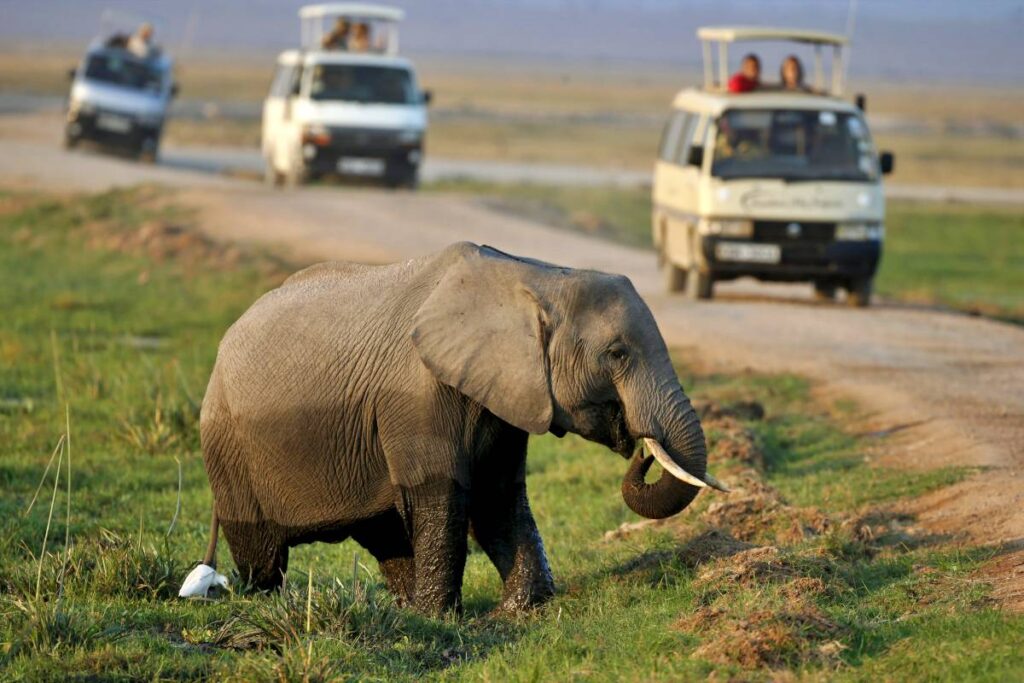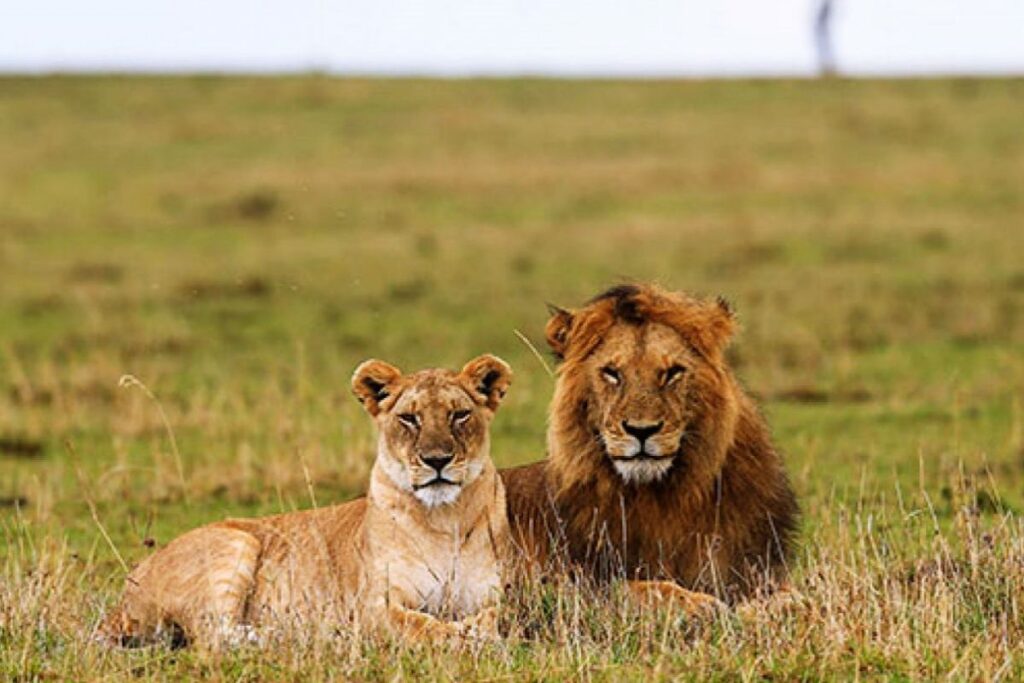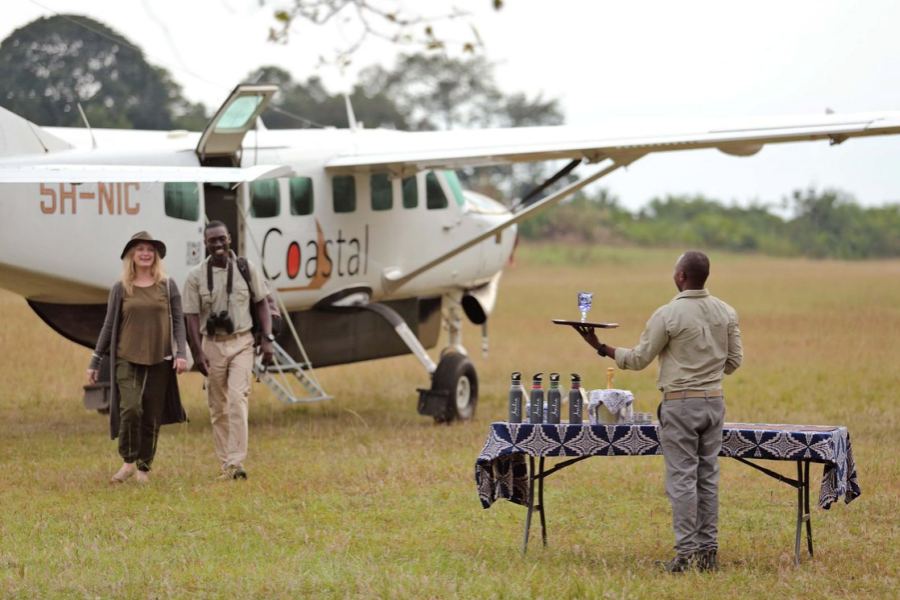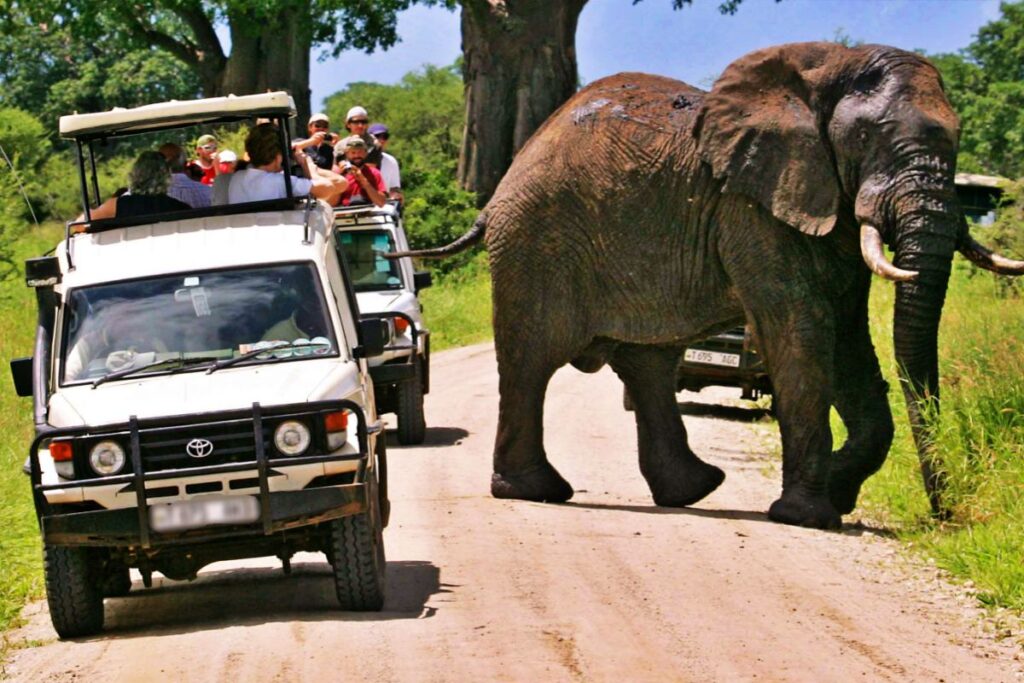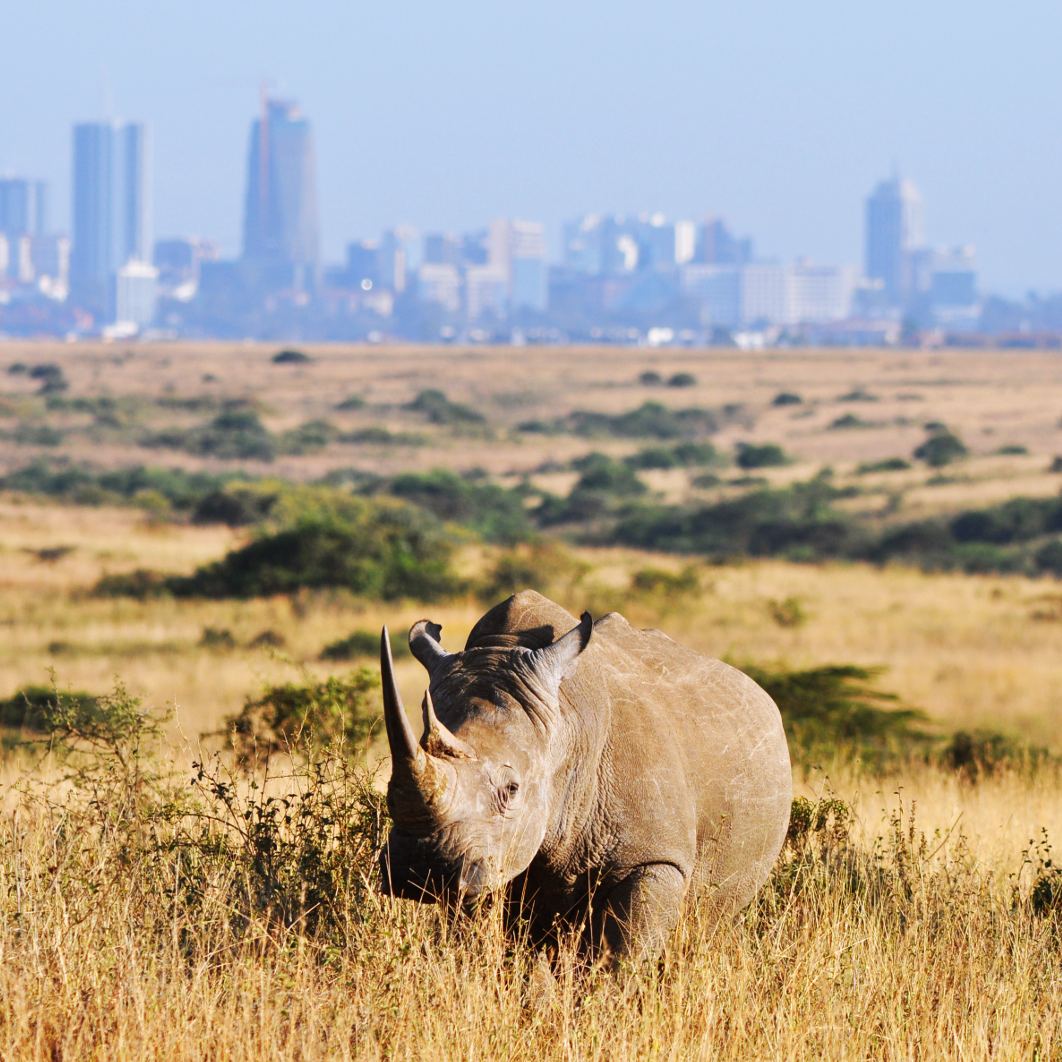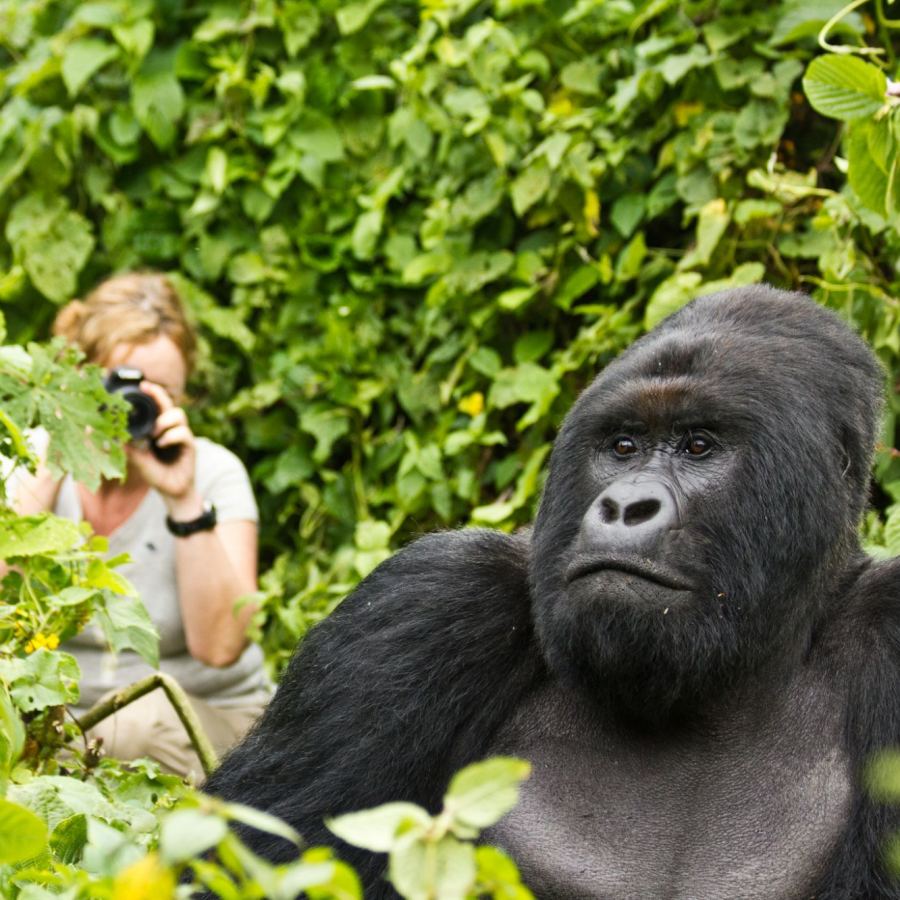East Africa Travel Advice
There’s nothing like up-to-date, relevant travel information direct from the experts – get Copious Africa’s essential East Africa (Kenya, Tanzania, Uganda and Rwanda) travel advice before you go.
Safety & Security
‘Can I travel to East Africa?’ is a question asked by many travellers, especially first-timers wanting travel advice for this wildlife-rich East African region that is home to the Great Wildebeest Migration over the plains of the Masai Mara.
Although East Africa has been a victim of tragic terrorist attacks, it is important to remember that these are very far from the main tourism hubs. Security has been stepped up at all airports – especially Jomo Kenyatta and Julius Nyerere – and at hotels across the region. We will never send a client to any place that we would not visit ourselves. In addition to knowing where each and every one of our clients is every step of their way, all Copious Africa travellers also have exclusive access to a 24/7 hotline manned by senior staff in the event of any emergency, no matter how small. For more East Africa travel advice, please read our expert blog section that is packed with important information and insiders’ takes on the current situation.
Money & Spending
Each of the east African countries has their own national currency, Kenyan Shilling, Tanzania Shilling, Uganda Shilling and the Rwandan Franc and although foreign currencies such as US Dollars are widely accepted (and indeed the currency required for activities like hot-air balloon safaris) we’d recommend using local currency to pay for bar bills, souvenirs and meals not included in your itinerary. Please note that due to the number of fake notes in circulation, no US Dollar bills printed before 2003 are accepted in East Africa and, in fact, your safest bet is to carry notes printed after 2006. Banking facilities and ATMs are found throughout East Africa’s major travel destinations and all major credit cards are widely accepted, in particular MasterCard, Visa and American Express. Banking hours are from 9am to 3pm Monday to Friday, and 9am to 11am on the first and last Saturday of the month for most banks.
Tipping
Tipping for good service is customary in East Africa although it is of course at your discretion – bear in mind that some of the larger hotels will add a service charge onto your bill. A 10% tip is customary in city restaurants and bars when a service charge is not included. For in-depth tipping guidelines, enquire with one of our Africa Safari Experts – they’d be happy to share their knowledge with you.
Climate
Average summer temperatures: 20°C / 68°F to 34°C / 93°F
Average winter temperatures: 18°C / 64°F to 29°C / 84°F
Rainy season: mid-March to June (‘long rains’) and October to December (‘short rains’)
Refer to best time to visit Kenya for climate charts, details on the best wildlife-viewing times and when to witness the Masai Mara migration.
What to Pack
For your East African safari, pack light casual wear in neutral colours (try to avoid white, black and blue) and a warm jacket for evening game drives. In East Africa’s major cities the dress code is conservative but not overly formal – jeans and modest tops for women are fine. Swimsuits are acceptable on the beach but you’ll need to cover up in public places.
Etiquette
East Africa is a fairly conservative society, especially where Islam holds sway, and much emphasis is placed on courtesy and manners. Care needs to be taken when photographing local people – always ask permission and prepare to be asked for reward in Kenya’s most popular destinations – but by and large the people of East Africa are easy-going, amiable, humorous and helpful, making travelling and interacting with them a real pleasure.
Flights & Getting Around
Did you know you can book your flights through Copious Africa? For more information and frequently asked questions, please see our Flights section.
Jomo Kenyatta International Airport: East Africa’s major flight hub is located 13km / 8mi outside Nairobi and is the gateway to the Masai Mara, Amboseli, Mombasa and Kenya’s beaches as well as Zanzibar and Tanzania. There are also good connections from here to Uganda, Rwanda and the Seychelles.
Wilson Airport: a regional airport about 90 minutes by road from Jomo Kenyatta, Wilson is the hub for almost all of Kenya’s internal flights and serves its fly-in safari locations. Ensure you have time between your international flight and domestic flight to make the transfer between the two airports.
Moi Mombasa International Airport: located about 10km / 6.2mi northwest of the town itself, Mombasa’s airport is the gateway to the Kenyan coast. Chartered flights are a great way to get around Kenya and avoid the country’s often dirt roads; transfers from airstrips to lodges are conducted in 4X4 vehicles. Road transfers from airports and between major destinations tend to use mini buses as do scheduled safaris to popular destinations such as the Masai Mara. Sliding windows and a pop-up roof provide passengers on mini buses with ample viewing opportunities on game drives whereas safaris to more remote destinations and private conservancies use open-sided 4X4s.
Tanzania International Airports
Kilimanjaro International Airport – Tanzania’s second international airport – serves the Serengeti, Ngorongoro Crater, Tarangire and Lake Manyara. However, you need to transfer to nearby Arusha Airport for charter flights to these safari destinations. International flights often arrive at Kilimanjaro Airport late in the day, so an overnight stay in Arusha is usually necessary.
Dar-es-Salaam International Airport – Tanzania’s main airport – is the gateway to the Indian Ocean coast and Zanzibar, as well as Nyerere National Park (previously Selous) and Ruaha National Park.
Uganda’s International Airport
Entebbe International Airport: located 35km from Kampala, Entebbe is Uganda’s international gateway. Visitors usually arrive via Nairobi. Flying by private charter aircraft is very expensive in Uganda – most travellers use road transfers with mini buses or, preferably, 4X4 vehicles. Despite Uganda’s small size, infrastructure is limited and roads are often in poor condition; expect long days in vehicles when driving between destinations, especially in the rainy season. Game drives in the national parks are generally conducted in open-sided 4X4s.
Rwanda’s International Airport
Gregoire Kayibanda International Airport: A short drive from Kigali, Rwanda’s point of entry is served by a direct flight from Brussels otherwise you’ll be flying in from Entebbe, Nairobi, Lusaka or Johannesburg. It’s about a 2.5-hour drive from Kigali to the gorilla trekking destination of the Volcanoes National Park. Transfers in Rwanda are usually conducted in 4X4 vehicles but you can also take a helicopter flight from Kigali to Nyungwe Forest National Park. Because Rwanda is a small country, the maximum driving distance between major points of interest is about four to five hours long. In Kigali, one of the most efficient and fun ways of getting around is on the back of a local scooter – it’s a great way to get an authentic taste of the city.
Visa & Passport Requirements
Visas are required by most visitors to East Africa including British, American, Canadian, European, Australian and New Zealand passport holders. Citizens from some smaller Commonwealth countries are exempt. Visas are valid for three months from the date of entry and can be purchased upon arrival at the Airport. Visitors can pay for their visas in local currency and they must possess a passport that is valid until six months after the initial date of travel.
If you plan on travelling onwards from Kenya, visas for other East African countries such as Tanzania, Rwanda and Uganda can generally be obtained in Nairobi for around US$50 each.














